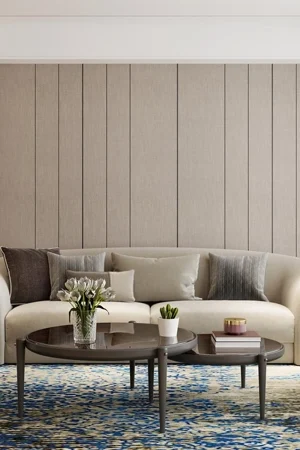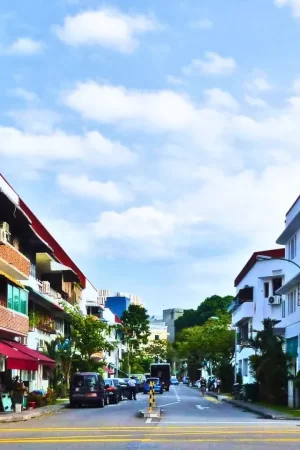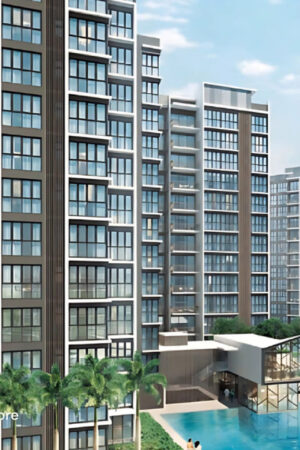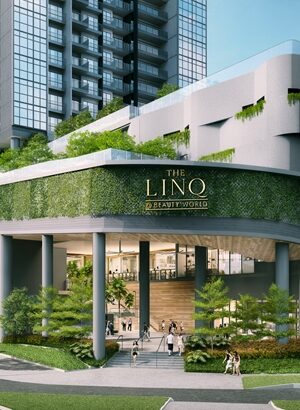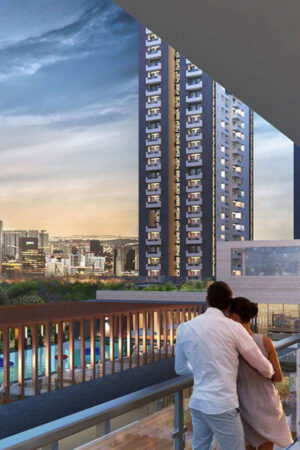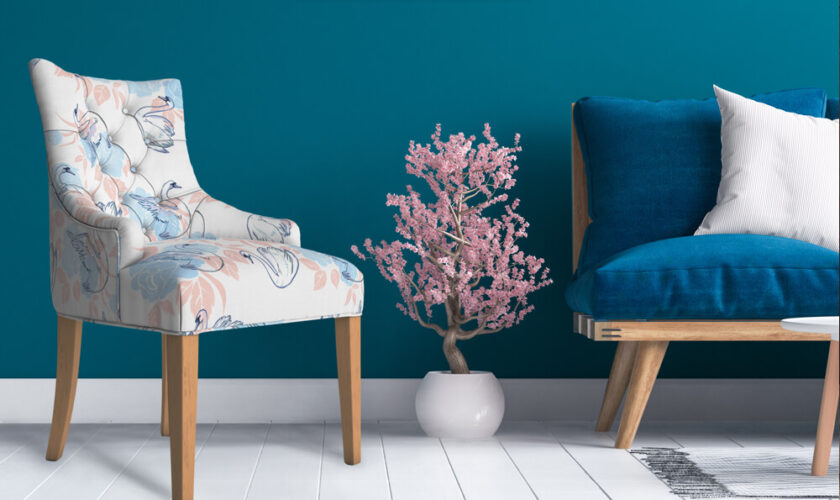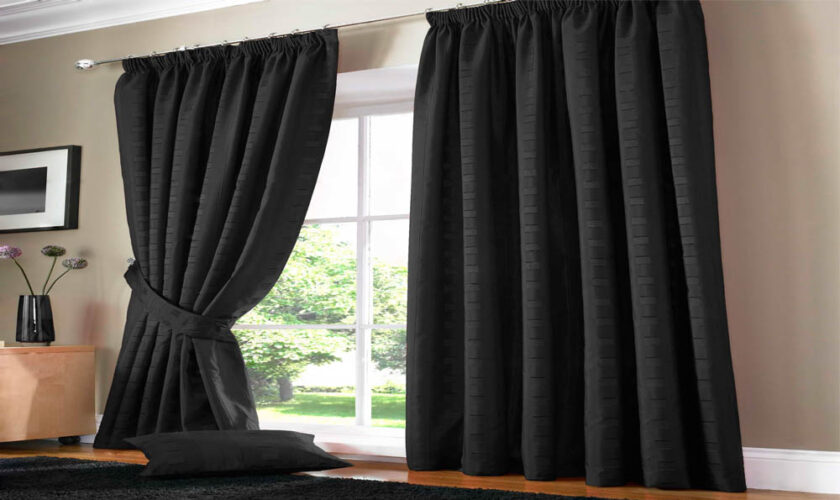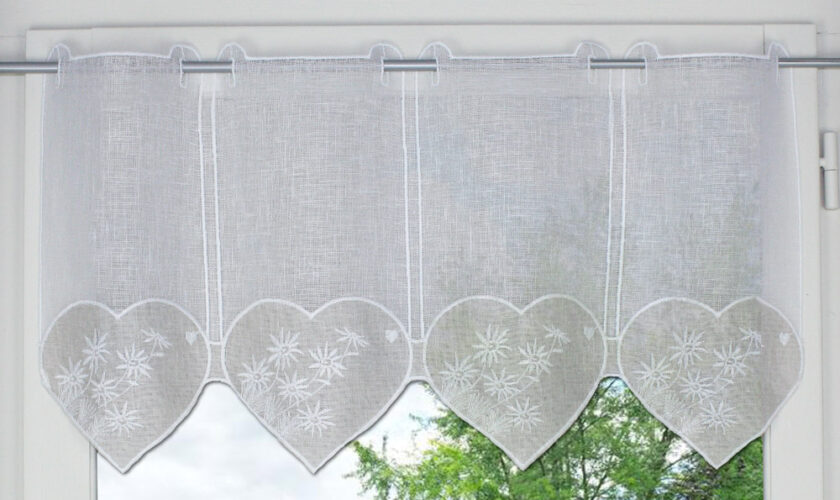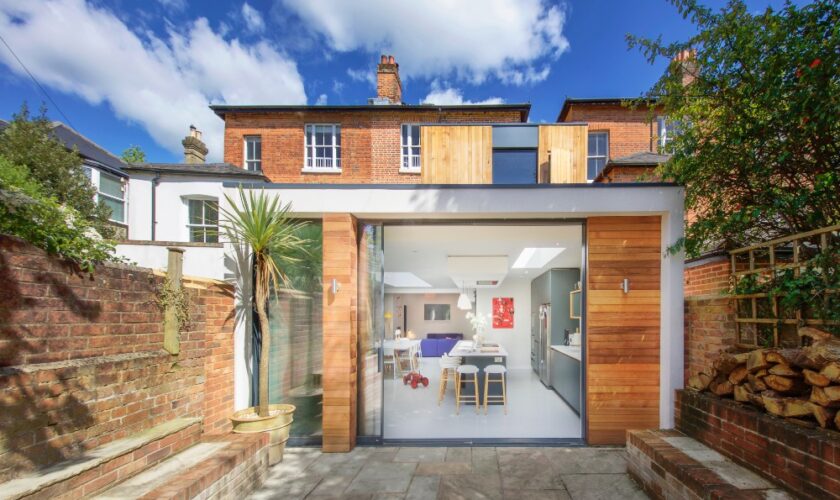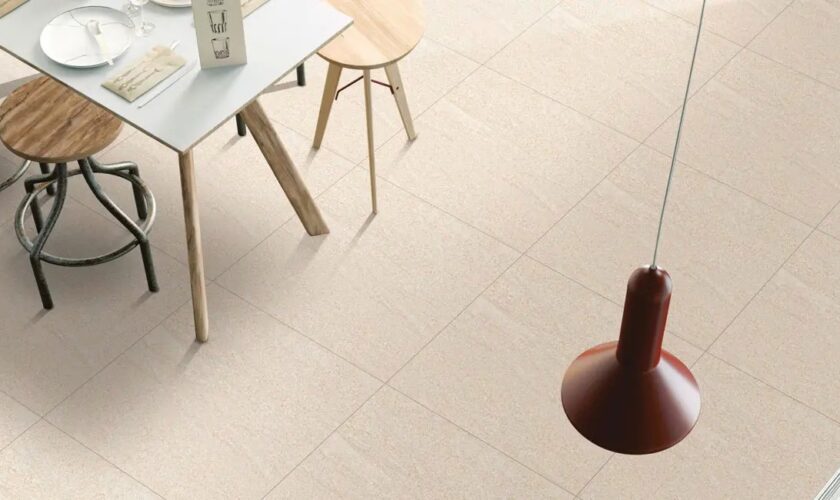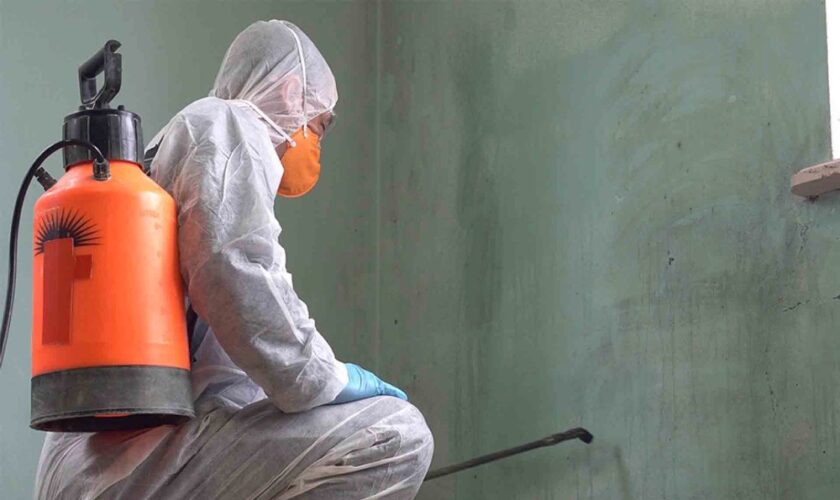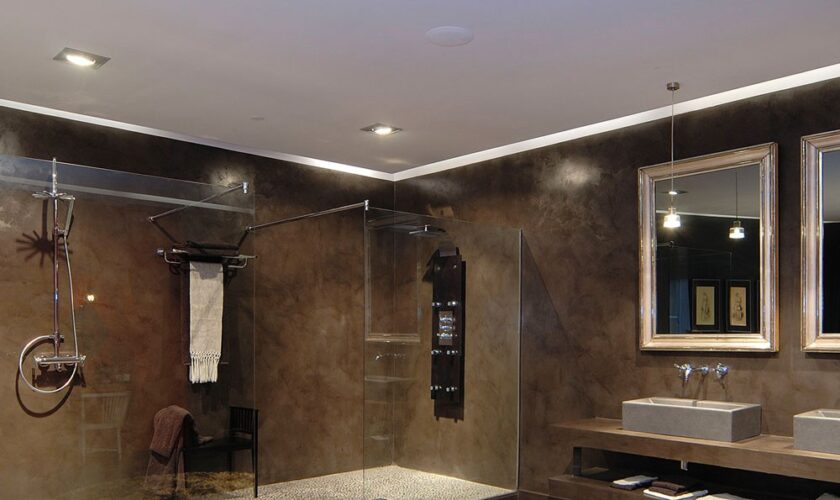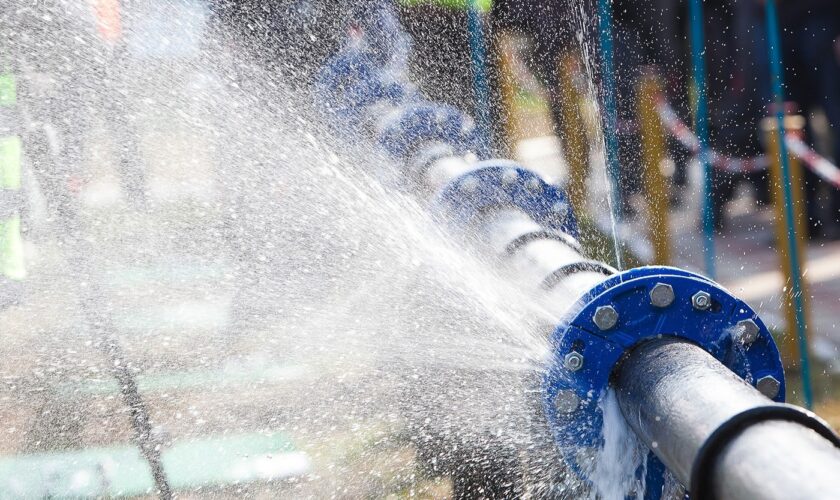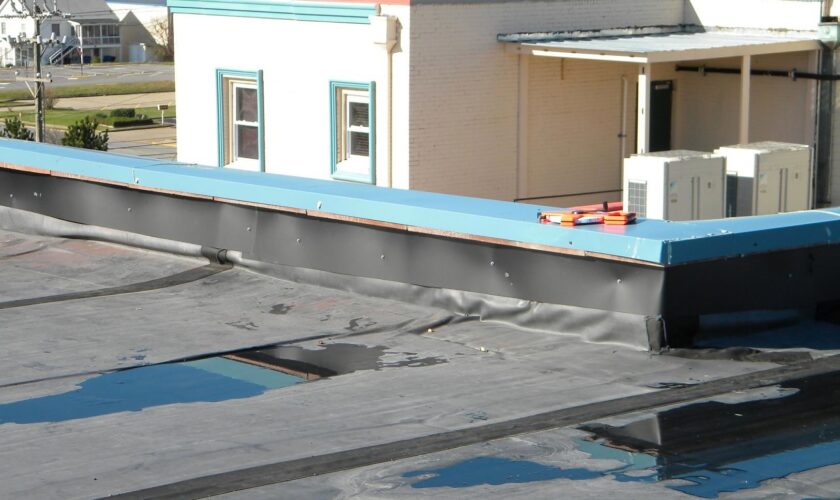Chair upholstery is an important part of any home or office. It makes the room look great and can easily be changed whenever you need to freshen up your decor. If you’re looking for a new set of furniture, look no further than our wide selection of chair upholstery.
We offer a variety of styles and colors that will fit in with any decorating scheme. You can choose from a variety of materials including leather, fabric, or even wood for those who want to go with something more traditional. Our selection also includes universal fit chair upholstery that works with most chairs and desks so you can rest easy knowing your new set will fit in perfectly!
Great way of chair upholstery:
Chair upholstery is a great way to add personality to your home upholstery, but choosing the right material can be difficult. There are hundreds of different types of chair upholstery available, from suede leather to microfiber and even canvas.
The first thing you need to do is decide what type of chair upholstery you want. If you have an older piece of furniture that needs a little TLC, consider choosing new fabric instead of reupholstering the old one. If you have newer furniture, like a sofa or love seat, replace the existing fabric with something new.
Another factor in choosing your chair upholstery is how much money you’re willing to spend on replacing it when it’s time for a change. If you don’t mind spending more money on new fabrics, then go ahead and spend it! On the other hand, if money isn’t an issue for you and there are a few fabrics you like in your area that aren’t too expensive at local discount stores or online then just buy them there instead of finding them elsewhere online or locally.
We offer an array of services to help you get the chair upholstery you need to finish your project. From fabric selection to customizing your project, we will work with you to make sure the final product is perfect.
How to upholster a chair:
Step 1 – Preparing the Chair:
Remove the cushions from your chair. The cushions are not included in this project, but you will be replacing them with new ones. If you have a chair with a wooden frame, remove all of the components that came with your chair and set them aside.
Clean off any dust or debris on your chair using a damp rag. Make sure to clean along all sides of the frame, including under the arms and behind the seat. You may also want to use a vacuum cleaner to remove any stubborn debris from crevices or tight spaces on your chair.
If you have wooden legs on your chair, make sure that they are free of old varnish or dirt before proceeding with this project. You can use a small amount of furniture polish on each leg to help remove any stains or dirt that has accumulated over time.
It is not hard to find a chair that you can use and enjoy. But if you are looking for a chair that will bring you years of comfort, then you need to look at the options available.
When it comes to buying a new chair, there are some things that you should consider. These include the size of the chair and how comfortable it is to sit on. If you want your chair to last for a long time, then choose one that has a sturdy frame and a well-made cushion.
Another thing that you need to consider when buying a new chair is its design. For example, if you have small children who are going to be using the chair frequently, then choose one with padding on its backrest so that they can get comfortable while sitting in it.


